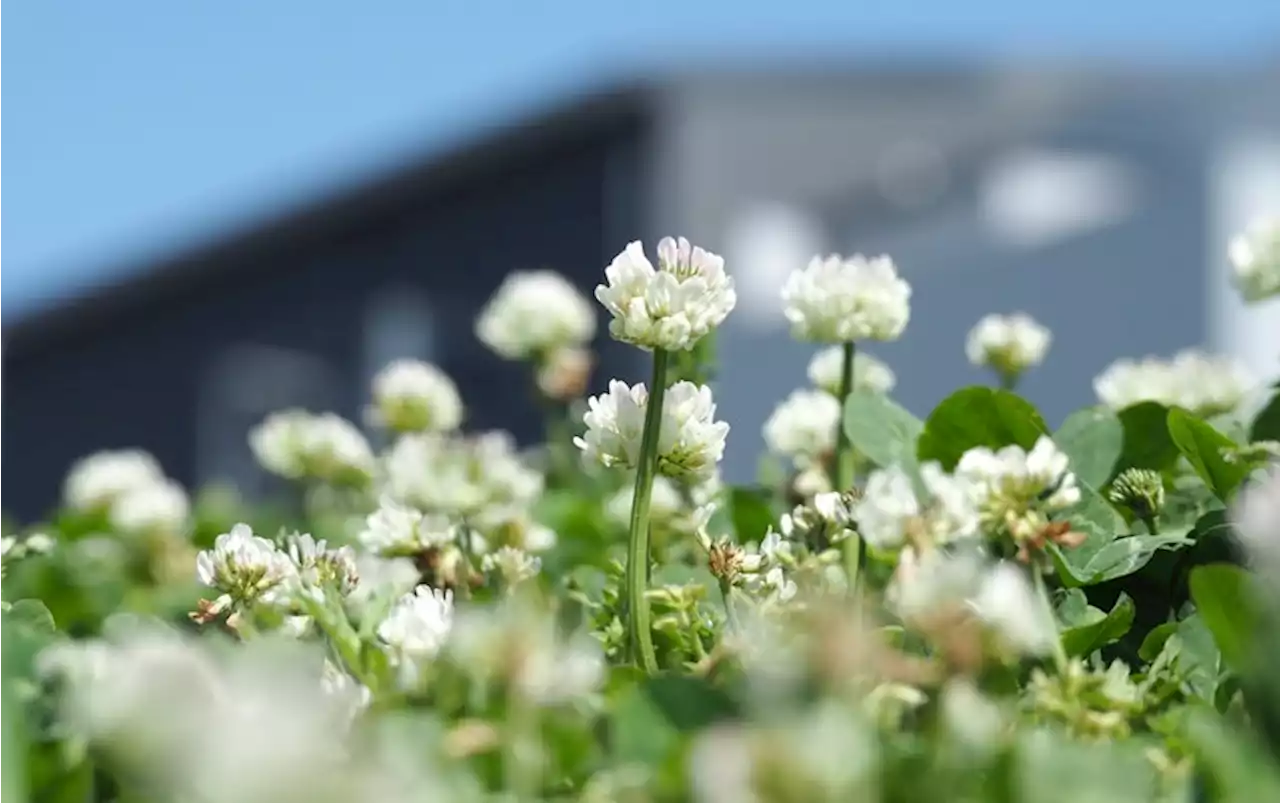Species in urban settings are evolving along subtly different lines than their rural counterparts, researchers are finding.
Brown rats in New York City may be evolving smaller rows of teeth. Tiny fish across the Eastern US have adapted to thrive in polluted urban waters. Around the globe, living things are evolving differently in cities than in the surrounding countryside.
Cities can act as test beds to address longstanding questions in evolution. Do different populations of the same species evolve in similar ways when faced with the same environmental pressures? And do different species in the same locations evolve similar characteristics? And urban evolution may hold hints about our future world. “Cities are kind of the key for understanding responses to global climate change,” says Sarah Diamond, an evolutionary ecologist at Case Western Reserve University in Cleveland, Ohio, and coauthor of an article on urban evolution research in the Annual Review of Ecology, Evolution, and Systematics. “You can step through time. You can say, ‘This city is giving you the global climate warming that we would expect by 2050 or 2070 or 2100.
It didn’t hurt that professors of evolutionary biology generally are employed in urban universities and curious about what is happening in their backyards. “These dynamics are happening all around you,” says Ryan Martin, an evolutionary ecologist at Case Western Reserve and coauthor with Diamond of the Annual Reviews article. “Go out and look in your garden, and you’ll see a bunch of native pollinators that are all presumably evolving in response to these changes in the city….
In a 2017 paper, for example, Brans and her coworkers took populations of water fleas from a range of habitats—some more rural and some more urban—and reared them for many generations before testing their ability to survive in urban-temperature water and rural-temperature water. Fleas collected from urban ponds displayed higher heat tolerance in the warm ponds than those collected from rural ponds, along with smaller body size and other changes.
Brans also is studying how the microbes that live in Daphnia guts differ between city and countryside. These microbial communities—or microbiome—shape what the water fleas can eat, and some flea genotypes encourage microbiomes that enable fleas to digest toxic cyanobacteria that can overrun ponds. Such insights may prove useful in designing measures to suppress rat populations. “If you understand how rats move around and what facilitates or prevents their movement, you can break the city down into more manageable units for rodent control,” Munshi-South says.
To delve more deeply into urban evolution, a few years back Johnson and colleagues launched the Global Urban Evolution Project , bringing together 287 scientists in 26 countries. “GLUE is the largest collaborative study in evolutionary biology ever attempted, if you don’t include the human genome project,” Johnson says.
But what are the environmental factors driving this change in cyanide? “The answer is pretty complicated,” Johnson says, and may not be the same for all cities. The most important ones the team uncovered were changes in overall vegetation and the aridity of the environment. “We don’t see temperature clearly popping out, which is what we had identified when we looked at Boston, Toronto, Montreal and New York,” he says.
Urban evolution studies also can shed light on what lies ahead in this time of the Anthropocene and suggest steps that might achieve a friendlier world for humans and other forms of life. For example, in many cities, Diamond says, scientists can date the onset of high levels of warming from industrialization.
United States Latest News, United States Headlines
Similar News:You can also read news stories similar to this one that we have collected from other news sources.
 Stephanie Hsu on the Evolution of Her Acting CareerStephanie Hsu breaks down the evolution of her career in a series of questions for BAZAAR.
Stephanie Hsu on the Evolution of Her Acting CareerStephanie Hsu breaks down the evolution of her career in a series of questions for BAZAAR.
Read more »
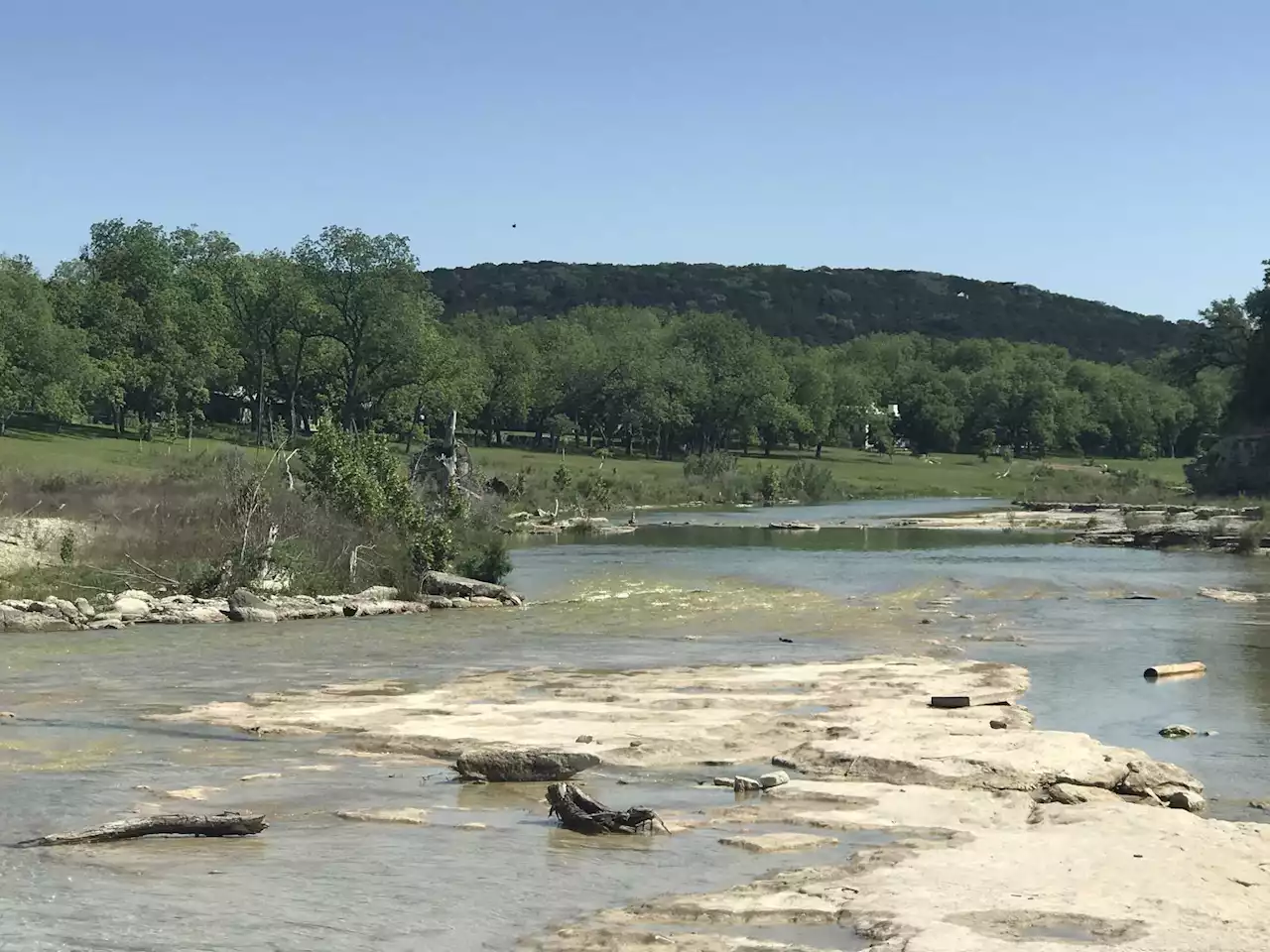 Two Texas species don’t warrant listing in Endangered Species ActThe U.S. Fish and Wildlife Service determined that two Texas species — the Blanco Blind...
Two Texas species don’t warrant listing in Endangered Species ActThe U.S. Fish and Wildlife Service determined that two Texas species — the Blanco Blind...
Read more »
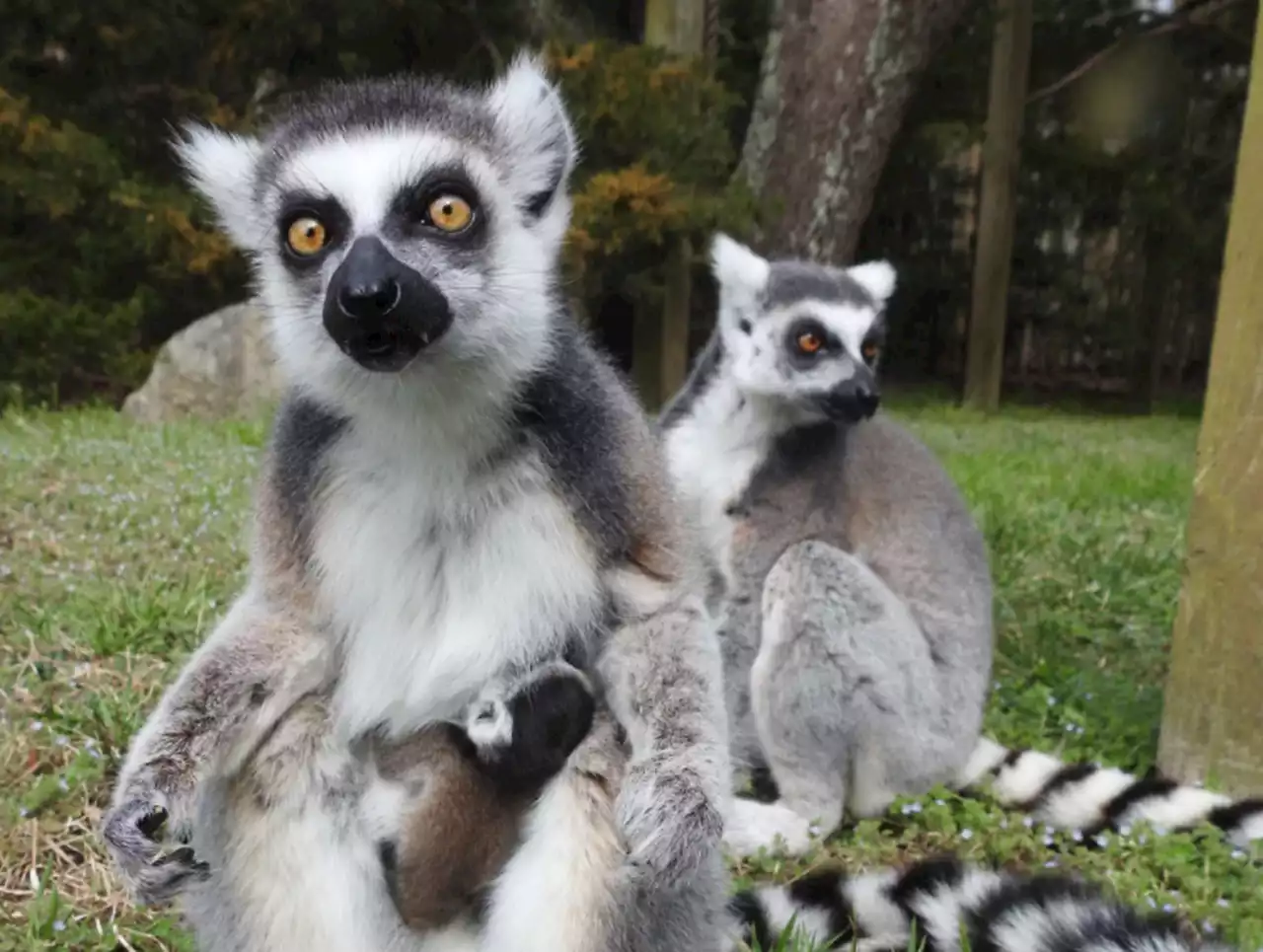 Cape May County Zoo welcomes adorable baby lemurIt's the third species to give birth at the zoo this year.
Cape May County Zoo welcomes adorable baby lemurIt's the third species to give birth at the zoo this year.
Read more »
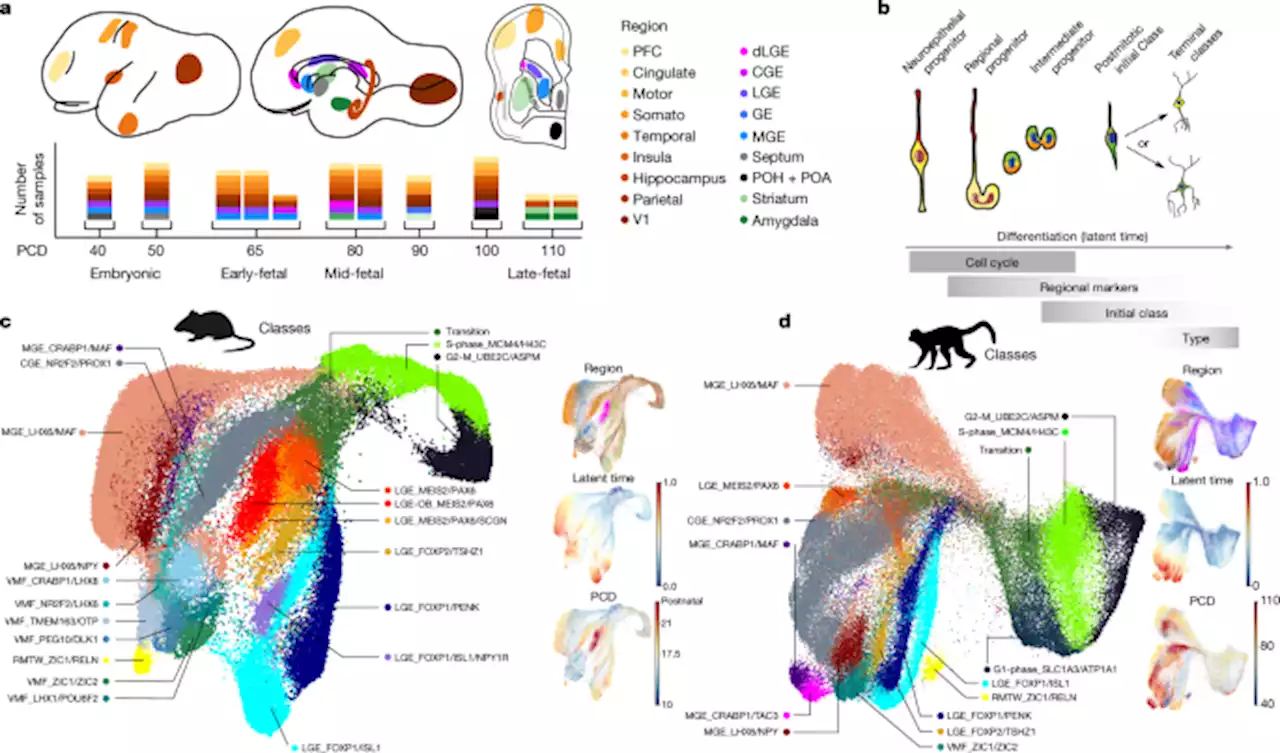 The development and evolution of inhibitory neurons in primate cerebrum - NatureEvolutionary modelling shows that an initial set of inhibitory neurons serving olfactory bulbs may have been repurposed to diversify the taxonomy of interneurons found in the expanded striata and cortices in primates.
The development and evolution of inhibitory neurons in primate cerebrum - NatureEvolutionary modelling shows that an initial set of inhibitory neurons serving olfactory bulbs may have been repurposed to diversify the taxonomy of interneurons found in the expanded striata and cortices in primates.
Read more »
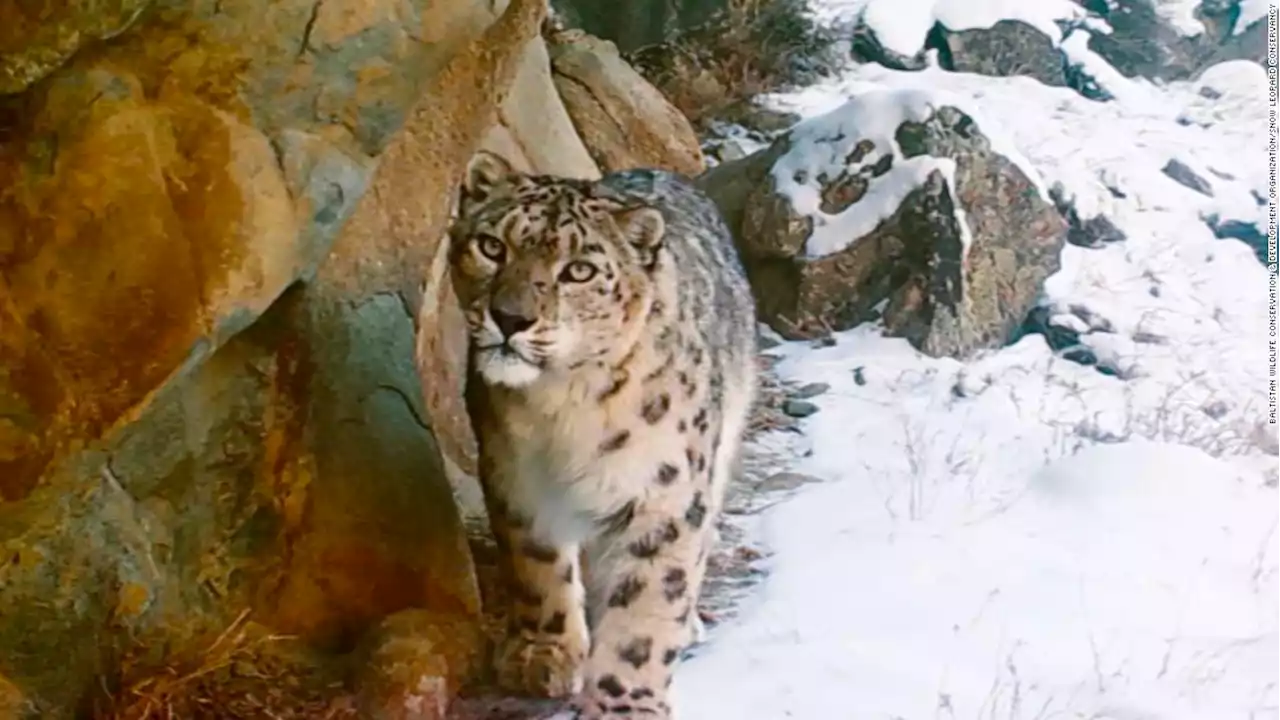 This anthropologist has been protecting Pakistan's elusive snow leopards for two decadesEnvironmental anthropologist Shafqat Hussain has been working to protect snow leopards in his native Pakistan for over 20 years.
This anthropologist has been protecting Pakistan's elusive snow leopards for two decadesEnvironmental anthropologist Shafqat Hussain has been working to protect snow leopards in his native Pakistan for over 20 years.
Read more »
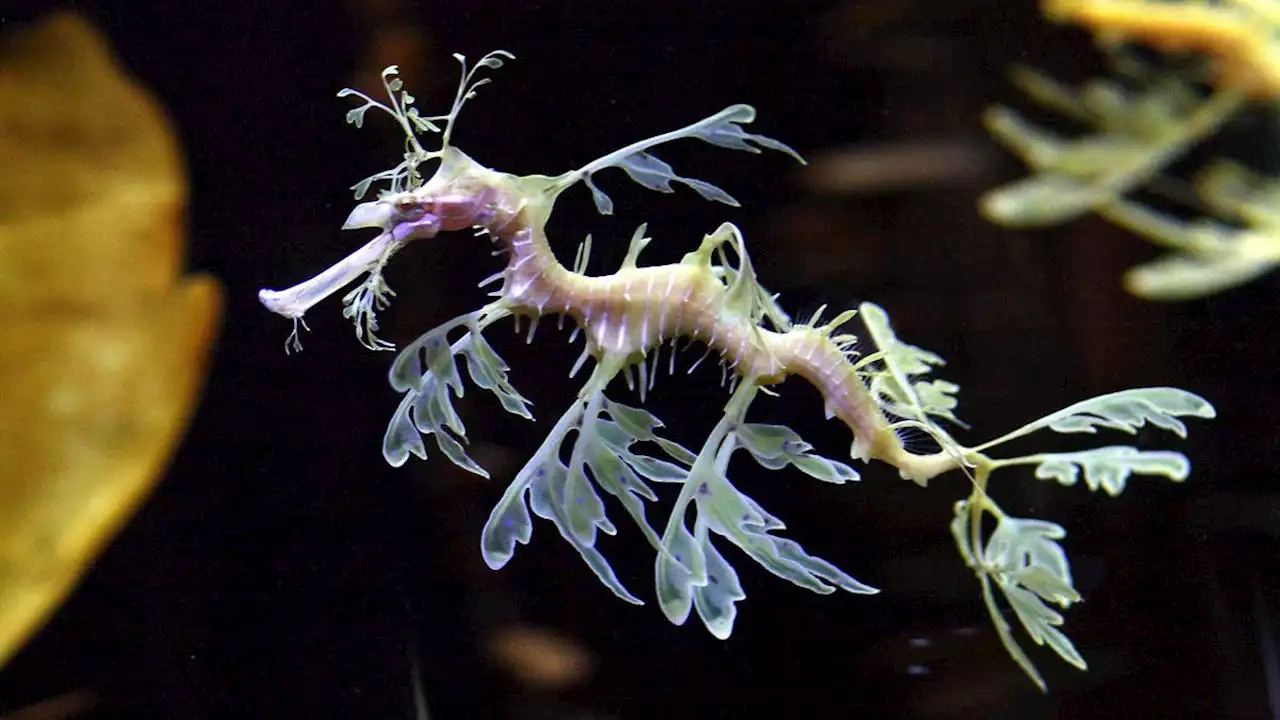 7 Ways Evolution Really Nailed Animal CamouflageBlending in is about more than just color, as these creatures show.
7 Ways Evolution Really Nailed Animal CamouflageBlending in is about more than just color, as these creatures show.
Read more »
